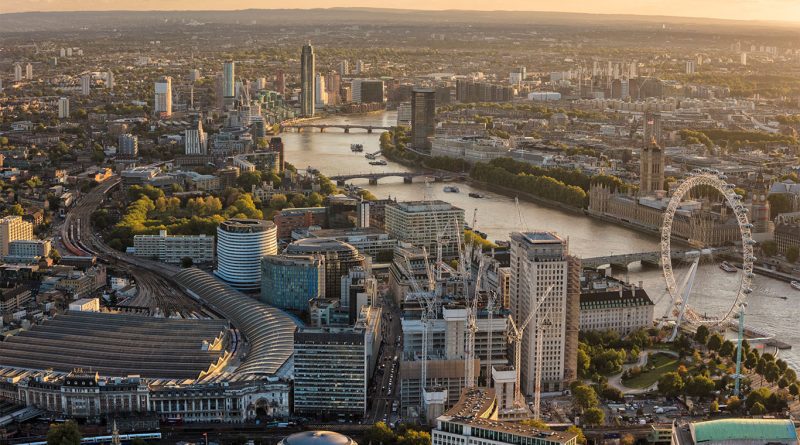Exploring the Built Environment in 10 Key Elements
As we investigate the intricate world of urban planning, the engineering marvels of iconic bridges, and the delicate art of historical preservation, we gain a deeper understanding of the complexities and wonders of the built environment. Join us on this enlightening journey through the ten pillars at the forefront of civil engineering and construction in the UK.
1. Sustainable Building Practices
This aspect focuses on eco-friendly construction techniques and materials, contributing to the sustainability of the built environment. It encompasses using renewable resources, minimising waste, and designing energy-efficient buildings that have a reduced environmental impact and are cost-effective over time.
2. Urban Planning and Infrastructure
Here, the emphasis is on the complexities of urban development, including how city spaces are designed and constructed. It explores successful case studies of city planning, highlighting how innovative infrastructure development has transformed urban areas into more efficient and liveable spaces.
3. Bridging the Gap
This delves into the engineering marvels behind iconic bridges. It examines the design and construction challenges of famous bridges like the Golden Gate and Tower Bridge, showcasing the blend of aesthetic appeal and structural ingenuity in these engineering feats.
4. High-Rise Construction
This is the focus of the unique challenges and engineering solutions in constructing skyscrapers and high-rise buildings. It includes aspects like foundation designs, structural integrity, and safety measures necessary for building upwards in urban environments.
5. Historical Preservation
This involves the techniques and strategies used to preserve historical buildings and landmarks. Industry discussions are based on how restoration efforts balance maintaining historical accuracy with modern-day safety and functionality requirements.
6. Smart Cities
The ‘Smart Cities‘ concept in the UK is a forward-looking approach that integrates information and communication technology to enhance urban life. This innovative strategy focuses on improving operational efficiency, public safety, environmental sustainability, and overall quality of life.
7. Construction Safety
This highlights the latest in safety practices within the construction industry, covering safety regulations, training programmes, and innovative technologies aimed at safeguarding workers and the public.
8. Innovations in Materials
This discovers breakthroughs in construction materials that are changing the landscape of the industry. For instance, the development of self-healing concrete, which uses bacteria to seal cracks, represents a significant advancement in extending the lifespan of structures. Additionally, new insulation materials are not only more efficient but also eco-friendlier, reducing buildings’ energy needs and carbon footprints.
9. Landscaping and Green Spaces
This aspect covers the crucial role of green spaces in urban environments. Effective landscaping contributes to aesthetic appeal and mental well-being, while also addressing urban challenges like heat islands and air pollution. The incorporation of parks, rooftop gardens, and green corridors in city planning is essential for creating healthier, more sustainable urban spaces.
10. Infrastructure Resilience
Infrastructure resilience delves into the designing of infrastructure to withstand various challenges, particularly climate change and natural disasters. It emphasises the need for resilient construction that can adapt and recover from shocks and stresses. This includes building flood defenses, reinforcing structures against earthquakes, and using materials that can withstand extreme weather conditions. The goal is to ensure that infrastructure remains functional and reliable in the face of increasing environmental uncertainties.
The exploration of these ten key elements offers a comprehensive view of the built environment in the UK. Each aspect reflects the intricate balance between innovation, preservation, and functionality that defines modern civil engineering and construction. As we navigate the challenges of urbanization and environmental sustainability, these insights serve as guiding beacons for shaping a future where our cities are not just structures of concrete and steel but vibrant, resilient communities that thrive in harmony with nature.
